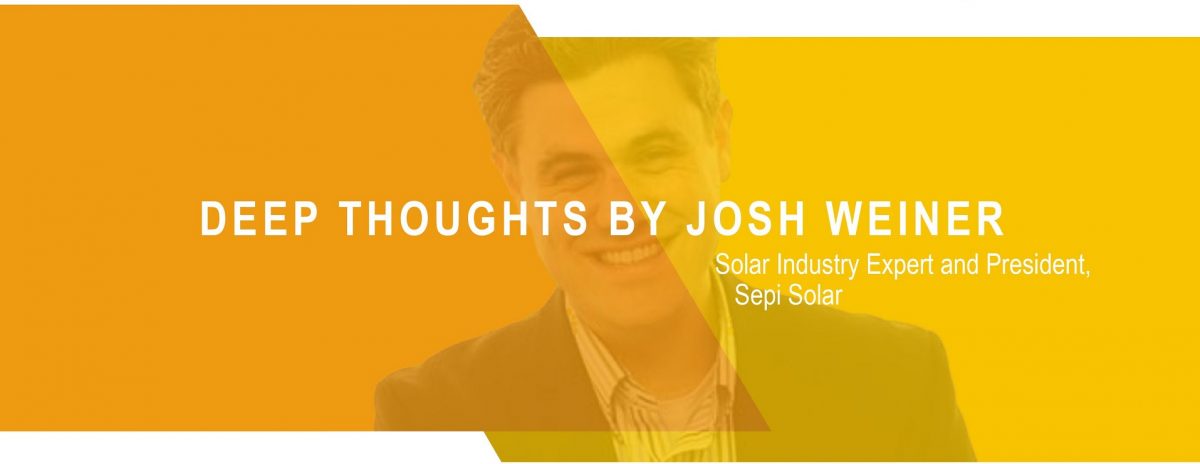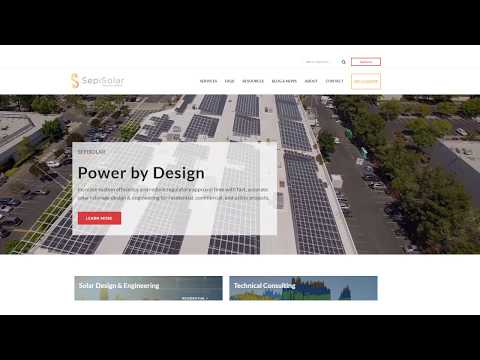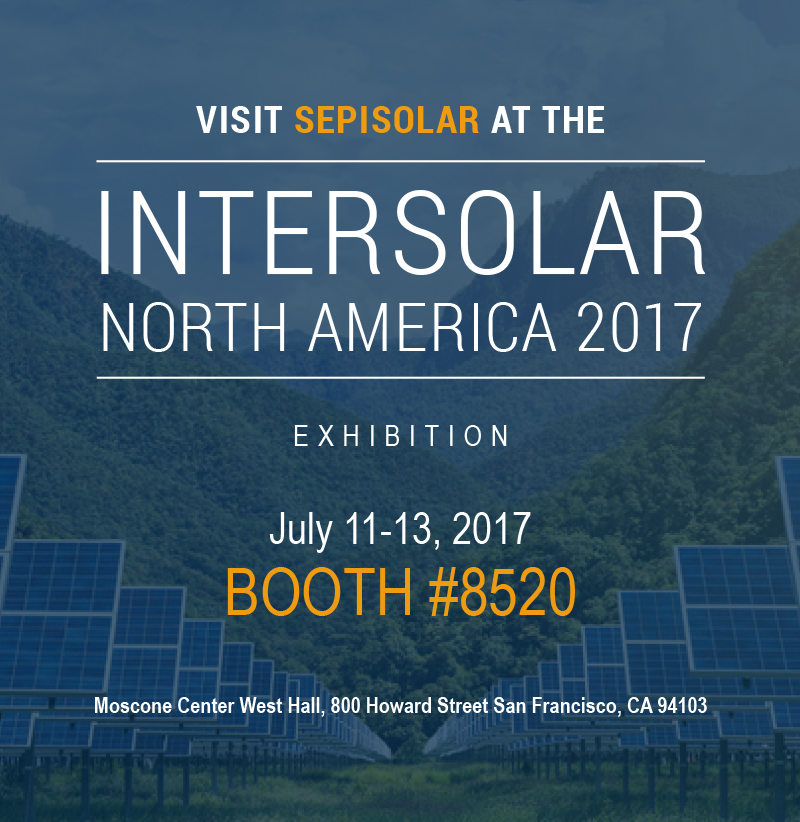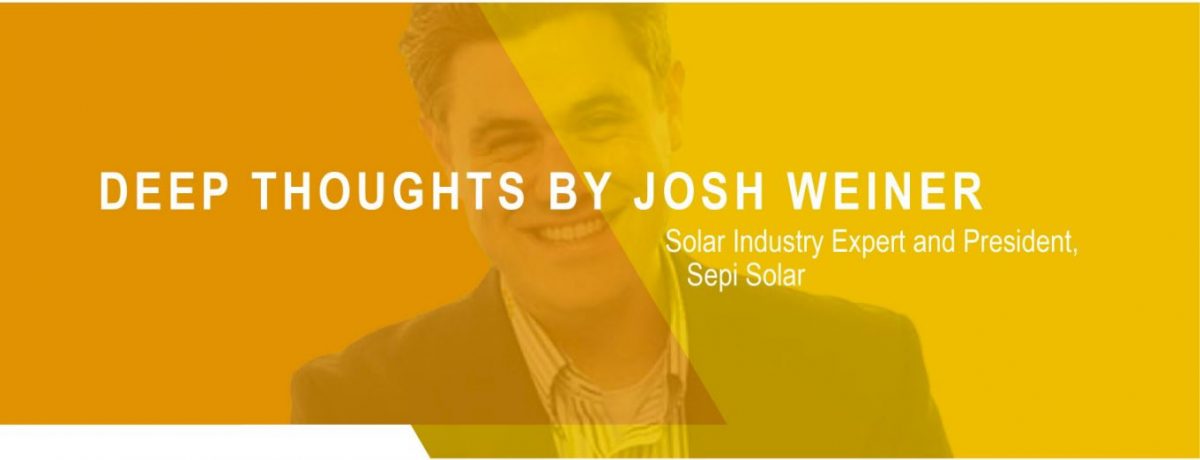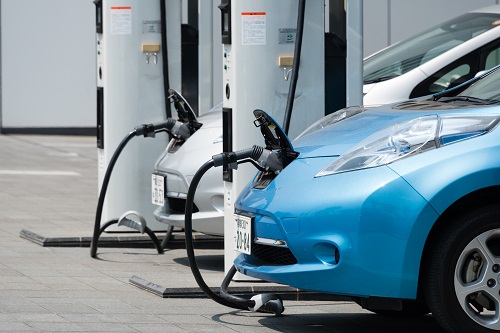This post was written by Josh Weiner, Solar Expert Witness & Solar Engineering Expert. Mr. Weiner has been at the forefront of the solar energy industry for over 20 years and is an industry leader on solar-plus-storage engineering & design. Josh’s expertise spans both in-front of and behind-the-meter initiatives including residential, commercial, utility, grid-scale, and ev charging solar and storage applications.
Normally I don’t get excited when a new version of the NEC comes around. That’s because a lot of Code authors argue and change the rules around installing disconnects, DC conduits, or even worse, grounding. I swear, section 690.47 on Grounding Electrode Systems will never stop changing, and I’m sure the entire section will continue to be revised over and over again. Nobody ever seems to agree on active grounding of photovoltaic (PV) systems. It’s amazing what controversy that such a well-understood physical phenomena (“grounding”) can evoke out of installers and inspectors. But I digress…
The reason why I’m most excited about this new Code cycle is due to the addition of NEC 691, 706, 710, and 712. Bill Brooks, James Rogers, Jason Fisher and the rest of the CMP (Code-Making Panel) 4 team really did an amazing job with this new release of NFPA 70 (the NEC). For those of you who don’t know, the CMP principals are the ones who advise the NEC technical committees to add, subtract or modify various articles of the NEC in order to accommodate ongoing technology improvements, new applications and product configurations, etc., all in the name of health and safety. Feel free to check out the members on CMP-4 by clicking here.
For fellow California legacy solar aficionados who have been in the industry for a while, you’ll notice that Rhonda Parkhurst is also on this list (from the City of Palo Alto). For anyone thinking of moving to Palo Alto and wishing to go solar, there is the beautiful neighboring city of Menlo Park. It is just as gorgeous as Palo Alto, only a hop-skip-and-a-jump away from the VC’s of Sand Hill Road, and with a far simpler permitting process for solar PV. I’m digressing again…
So what’s the big deal about NEC 2017? Doesn’t it revise various grounding requirements again (we now have definitions of “functional grounding,” for instance), expand on rapid shutdown requirements and introduce seemingly empty articles, like NEC 691 on Large-Scale Photovoltaic (PV) Electric Power Production Facility, which offers a whopping 1.5 pages of material?
Well, sure, that’s one way of looking at it. But what I like best is that the Code is so much more clear, organized and broken down than ever before, when designing for PV, energy storage, and micro-grid systems. These types of systems are accelerating in adoption, complexity and benefits to consumers in ways the world has never seen.
When I started installing grid-tied Lithium battery systems to do demand charge reduction in New York City back in 2011 (I was a founding member and consultant of Green Charge Networks back in 2009), there were no codes that applied to our installations. It was a complete mess. I remember pulling Code language out of NEC 480 and 690.71, which were barely able to help, if at all, in order to justify to NYC inspectors that what we were doing was indeed Code-compliant and safe.
And that was the easy part because when you start to mix cutting-edge technologies like grid-connected battery systems with PV (DC- or AC-coupled), with or without a grid-connection (e.g., micro-grids, diesel gen-set, etc.), then you were really on your own because there wasn’t even a hint from the Code on how to design those systems in a Code-compliant way. The only way to proceed at that point is to use all the time, experience and knowledge you have from installing PV and other electrical systems in the past, use the best judgment you have and take great care to work with all stakeholders to ensure the system gets installed at the end of the day, without hurting the customer on costs, obstacles and delays. As usual, technology leads regulation, and being a pioneer on the cutting-edge isn’t always easy, but knowing as many rules and requirements as early as possible goes a very long way. Only the strong survive. Many PV installers, engineers, entrepreneurs and business executives understand what this means, and very few have made it out in one piece.
Stay tuned for our next newsletter where I would elaborate on these awesome code sections…….
Ready to register on SepiSolar’s Customer-Centric Online Portal? You can quickly request free quotes, view your project status, communicate with your team and more! Click here for a quick tutorial that shows you exactly what to do.


